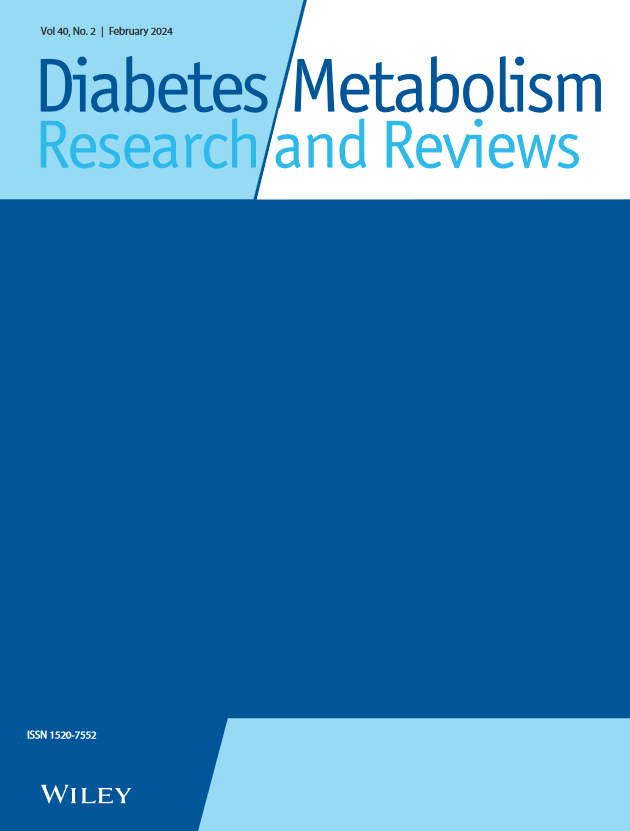Inpatient Dietary Behaviour Score (IDBS) Predicts the Risk of Hypoglycemia in Type 2 Diabetes Mellitus (T2DM) Patients
Abstract
Aims
The aim of this study was to develop the inpatient dietary behaviour score (IDBS) and validate its predictive performance in assessing the risk of hypoglycemia in patients with type 2 diabetes mellitus (T2DM).
Methods
The study included patients with T2DM admitted to the Endocrinology Department of the First Affiliated Hospital of Chongqing Medical University between 1 March 2021 and 1 March 2023. Patients were categorised into hypoglycemia and non-hypoglycemia groups using a paired approach, with hypoglycemia defined as any point-of-care glucose test results ≤ 3.9 mmol/L. Clinical data were collected, and the IDBS was calculated using a self-designed scale with 11 variables. Subsequently, measures for predicting hypoglycemia risk in hospitalised T2DM patients were formulated.
Results
A total of 1478 patients were included in the survey, with 739 patients in each of the hypoglycemic and non-hypoglycemic groups after pairing. Baseline differences were observed in education, marital status, job status, DM duration, glycosylated haemoglobin A1c (HbA1c), body mass index (BMI), hypoglycemia history, diabetic peripheral artery disease (DM-PAD), diabetic foot (DF), diabetic kidney disease (DKD), and diabetic retinopathy (DR) between the hypoglycemic and non-hypoglycemic groups. Significant correlations were found between the updated and baseline changes in the IDBS. The predictive efficacy was highest in DKD patients (OR = 1.82, 95% CI: 1.69–1.97, P = 6.75E-53). In multivariate analyses, only BMI, DM duration, diabetic foot and marriage response were included in the regression model. The area under the curve (AUC) and mean squared error (MSE) of the IDBS were 0.77 and 0.00039, respectively. A linear relationship existed between the IDBS and OR values, indicating that the risk of hypoglycemia increased with higher scores.
Conclusions
IDBS demonstrated a robust predictive effect on hypoglycemia. The variable data were easily obtainable, and the evaluation and calculation methods were straightforward. This scoring system could serve as a valuable reference for hypoglycemia prevention and screening of hospitalised diabetic patients at high risk of hypoglycemia.


 求助内容:
求助内容: 应助结果提醒方式:
应助结果提醒方式:


